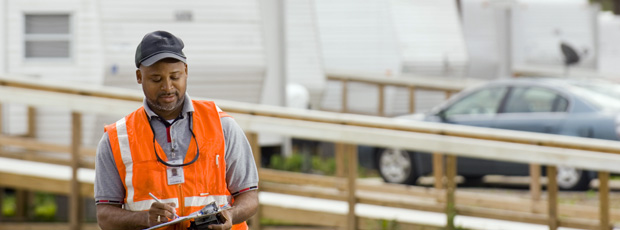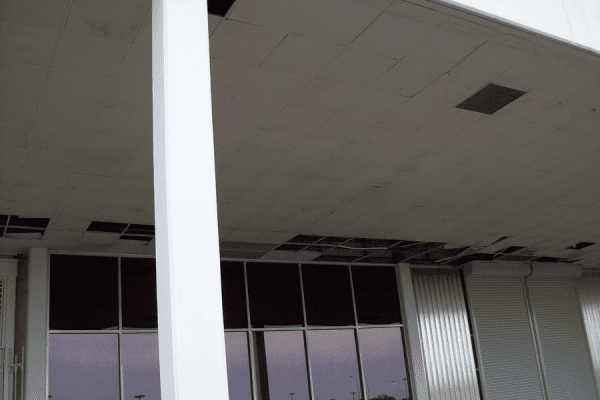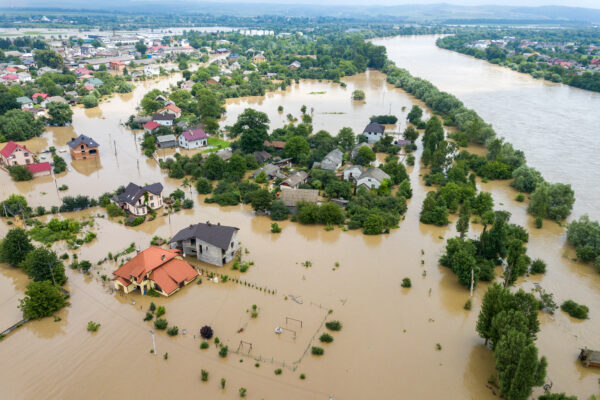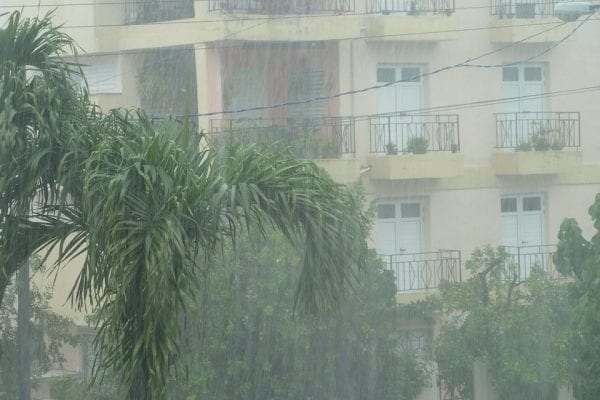In the wake of the storm, catastrophe response teams across the region are scrambling to get people back into their homes and businesses as quickly as possible. We’re out there too, as we have been after every major storm for more than thirty years. Along with speed to recovery, we understand that you care about keeping costs as low as possible. Here are eight practical ways owners, managers, and the catastrophe response teams who help them can reduce the economic impact of hurricane recovery.
One: Plan Ahead
We realize that in the immediate aftermath of the storm, it’s a little late to be planning ahead. However, while you’re in the thick of it, consider how much easier and less expensive recovery would be if you already had all the right partnerships and resources available. Right now, finding contractors and subcontractors to perform recovery work is tough because they’re already busy. And when you do find them, they’re likely to charge extra due to current high demand for their services.
Establishing relationships before the next catastrophe will save you both hassle and money.
Two: Inspect for Hazardous Materials
It may seem like an extra expense to hire a subcontractor to assess for hazardous materials, but in the long run, it’s a bargain. Asbestos and lead can be present in any building, and are much more expensive to remediate after they have been improperly disturbed and damaged. Silica, mercury, PCBs, and a variety of other hazardous materials are also common. It’s much simpler and less expensive to identify and remediate hazardous materials from the start than to try to deal with them after they’ve been disturbed.
Three: Prioritize
Often, the largest expense associated with a catastrophe is not the damage itself, but the loss of business. Getting buildings and offices back into operating condition is frequently the most pressing concern. Catastrophe response teams must carefully prioritize activities to ensure a swift return to business. Equally important is preventing the spread of mold, which can begin to grow within 48 hours of a water intrusion event, and will quickly spread throughout any areas affected by water. The longer the moisture is allowed to persist, the bigger the problem becomes.
Four: Review As-Built Drawings
When available, use as-build drawings to help your recovery teams understand what they will encounter on site and to identify potential problem areas in advance. The drawings can be used during the site assessment, and marked up by inspection teams to show where damage has occurred. These marked up drawings can be invaluable in remediation planning. Once recovery work is underway, make drawings available to field teams to guide their efforts.
Five: Communicate
Especially on large projects, communication among teams is crucial to getting the job done quickly and well. Make sure everyone on the project team understands their role, priorities, and hand-off responsibilities. Hold each team responsible for notifying subsequent teams when a dependency is completed. Daily and weekly cost and schedule control meetings can help ensure everyone stays updated and accountable. Over the course of the project, this reduces mistakes and increases speed.
Six: Comply With Building Codes and Regulations
Any time a building is renovated or updated, it is required to meet current building codes and regulations, regardless of when it was built. This is just as true when the renovations are due to a catastrophe as it is when the renovations are by choice. Make sure someone on your team understands all of the relevant local, state, and federal regulations and codes on construction, safety, environment, and accessibility. Addressing noncompliance issues after the fact is much more costly than simply meeting codes to begin with.
Seven: Hire the Right Partners
A catastrophe response partner with experience, knowledge, and a track record of success in your region is invaluable not only in getting the job done right, but also in getting it done within budget. Look for contractors and subcontractors who not only understand their field, but also have adequate resources at their disposal to meet the demands of the job, and are accustomed to working with regulators, owners, insurance adjusters, and other subcontractors, to ensure a smooth and cost-effective project execution.
If you’re looking for an experienced and reliable catastrophe response partner to address restoration, remediation, water, mold, asbestos, or other hazardous material conditions on your catastrophe response projects, contact GLE to establish a relationship now, so you’ll be prepared for the next hurricane.






